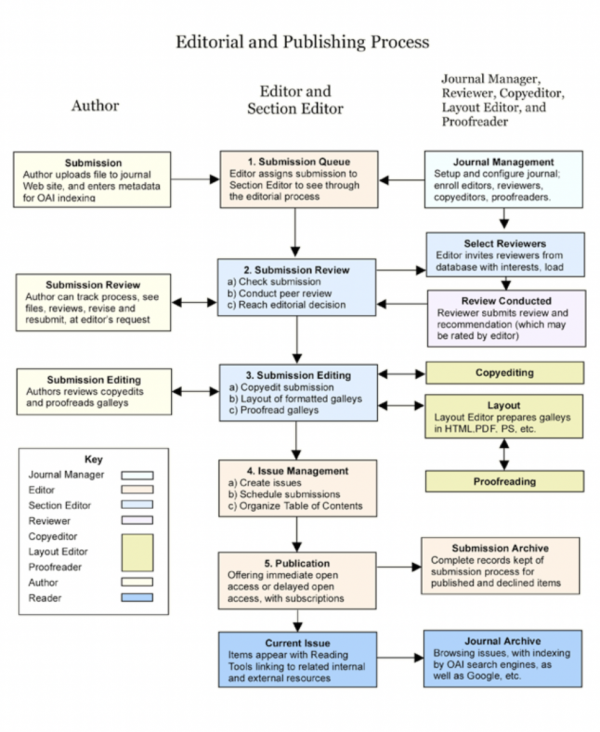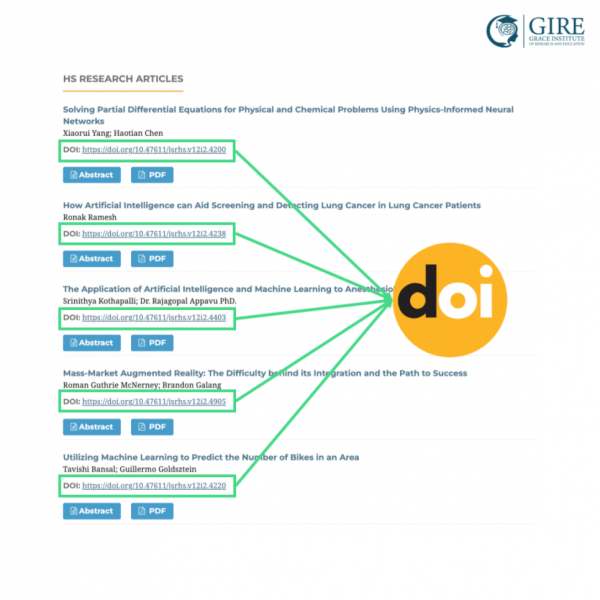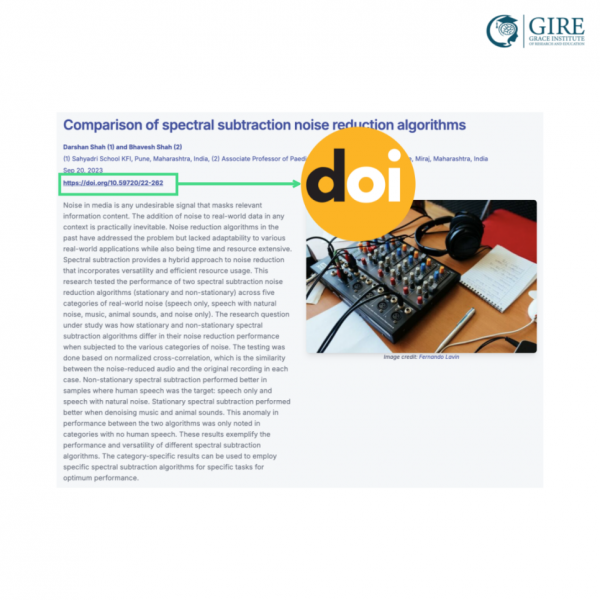|

To understand DOIs, we first need to introduce the International Organization for Standardization (ISO). The ISO is a global entity made up of representatives from national standardization bodies. Its role is to develop and promote international standards to address the issues arising from different standards across countries.
What is a DOI in Research Paper?
What is a DOI (Digital Object Identifier)? A DOI is a standardized identifier created by the ISO to provide a permanent identifier for digital objects. The keyword here is “permanent.” Unlike typical digital content that can become untraceable if deleted or moved, a DOI ensures that the content can always be found, even if its internet address changes. In essence, content assigned a DOI becomes immortal in the digital realm, maintaining its accessibility regardless of changes in its location.
Types of Information Identified by DOIs DOIs are typically assigned to content deemed valuable and worthy of permanent preservation. By assigning DOIs to such content, we ensure they are easily identifiable and accessible in the academic and professional communities. - Journal articles - Research reports - Datasets and databases - Books and theses
Can High School Papers Receive DOIs? Given that DOIs are assigned to valuable academic, professional, and governmental content, you might wonder if high school papers can also receive DOIs. The answer is yes, but typically only if they are published in well-regarded high school journals. Let’s take a closer look at two key journals that high school students often target: the Journal of Student Research (JSR) and the Journal of Emerging Investigators (JEI).
1. Journal of Student Research (JSR) JSR is an academic journal that publishes student research, offering high school students the opportunity to publish their research as actual papers. JSR also provides publishing opportunities for undergraduate and graduate students. Due to its credibility and recognition in the academic community, papers submitted to JSR undergo a rigorous peer-review process by experts and faculty in the relevant field before they can be published.

The flowchart provided by JSR outlines the editorial and publication process. Although you don’t need to understand every detail, note that this process involves significant interaction between the author (student), editors, and reviewers to produce a high-quality paper. Because of this rigorous process, papers published in JSR are deemed to have enough academic value and credibility to be assigned a DOI. This ensures they are easily searchable and citable within the academic community, contributing to the advancement of knowledge.

2. Journal of Emerging Investigators (JEI) JEI is an open-access journal that allows middle and high school students to publish scientific research. Founded in 2011 by Harvard graduate students, JEI is a non-profit organization. Publishing in JEI can give students, especially those interested in medical or biological fields, a competitive edge in future college admissions. Similar to JSR, JEI subjects submissions to a strict peer-review process by graduate students with substantial research experience and professional scientists. As a result, papers published in JEI also receive DOIs, acknowledging their value and ensuring their longevity and accessibility.

Can Science Fair Papers Like ISEF Receive DOIs? The short answer is that it is possible but involves a complex process. Competitions like ISEF have stringent evaluation criteria and methods, ensuring that awarded research holds substantial academic value. However, since ISEF projects are primarily for presentation and competition, they often differ in nature and purpose from typical academic journal papers. Thus, ISEF projects usually do not receive DOIs directly.
Nevertheless, if an ISEF project is later published in an academic journal, it can be assigned a DOI according to the journal’s policies. This process, however, can be complicated due to differences in the nature of the work and potential information overlap, making it challenging to publish ISEF projects in journals.
In conclusion, while DOIs are typically reserved for high-value academic content, high school papers can also receive them if published in reputable journals like JSR and JEI. This ensures their permanence and accessibility in the digital academic landscape. |
 Click here to book
Click here to book